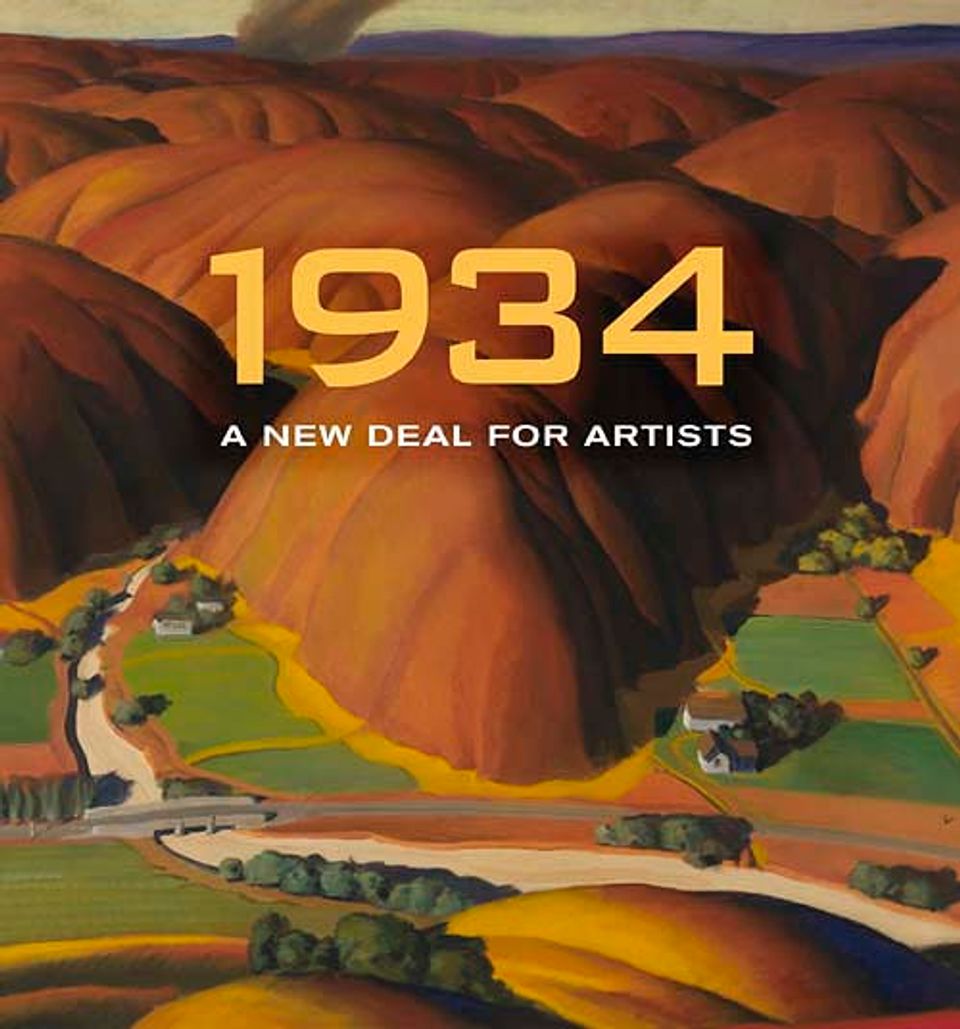Artwork Details
- Title
- (Underpass – New York)
- Artist
- Unidentified (American)
- Date
- 1933-1934
- Location
- Dimensions
- 19 7⁄8 x 23 7⁄8 in. (50.6 x 60.8 cm.)
- Credit Line
- Transfer from the Internal Revenue Service through the General Services Administration
- Mediums
- Mediums Description
- oil on photograph on canvas mounted on paperboard
- Classifications
- Subjects
- Architecture — bridge
- Landscape — New York
- Landscape — time — night
- Landscape — road
- Object Number
- 1962.8.41
Artwork Description
1934: A New Deal for Artists exhibition label
This painting was created for the Federal Art Project, a branch of the Works Progress Administration developed to give financial and moral support to artists during the Depression. There is no information about who the painter was, but in 1981 a visitor to the Museum recognized the underpass as one near his home in Binghamton, New York. The artist printed a photograph of the scene onto the canvas, then painted over it in careful detail. The glowing streetlights are like stars brought down to earth from the distant skies, drawing the viewer into the image and through the brightly lit tunnel. The road seems less like an ordinary street in the city and more like a portal into the great empty blackness above.















